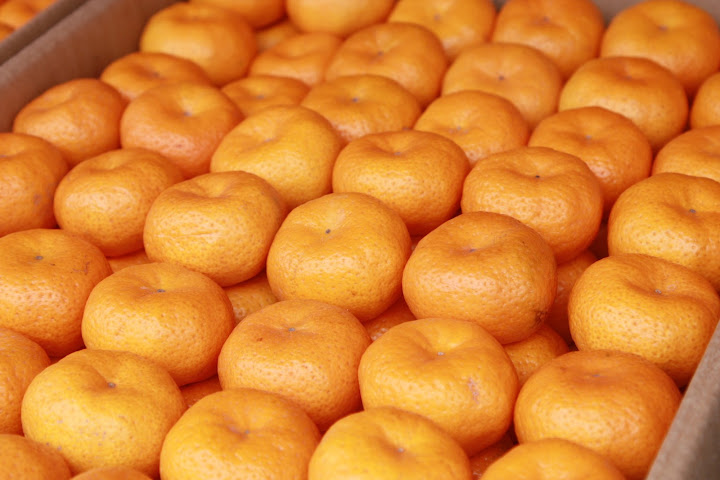 Today, New Year's Eve, we went to temple, like good pretend Buddhists. Specifically we went to Wat Phra Sing in Chiang Mai, which is having a full-fledged temple festival for the days around the changing of the year. Around the various temple buildings were stalls selling flowers, candles, and other offerings, and alongside the main temple there was a fair with clothes, knickknacks, and a bunch of food stalls.
Today, New Year's Eve, we went to temple, like good pretend Buddhists. Specifically we went to Wat Phra Sing in Chiang Mai, which is having a full-fledged temple festival for the days around the changing of the year. Around the various temple buildings were stalls selling flowers, candles, and other offerings, and alongside the main temple there was a fair with clothes, knickknacks, and a bunch of food stalls.Inside the main temple building there were many special types of New Year's blessings on offer. We chose a little banana leaf basket filled with spices, flowers, little bags of water and so on, with a little flag on which to write your New Year's wishes. We followed all the others in carefully inscribing our wishes, then bringing the basket up to place in front of the statues of Buddha where we knelt and prayed. Finally, we went to place the basket on one of the large trays holding the offerings. We weren't sure what the significance of the different trays was, so we went for the one that had a picture of an elephant above it. We didn't miss the essential step of posing for a photo while placing the basket! Then we went to the food fair and snacked on sweet sticky rice grilled in bamboo. All Chiang Mai seems to be gearing up for a huge party, even though the Thai New Year is officially celebrated in April with a big waterfight that we are sorry to be missing.
On the other side of the temple was a garden peppered with bilingual sayings on wooden signs. This one seemed especially appropriate for the season.
Happy New Year!
















































